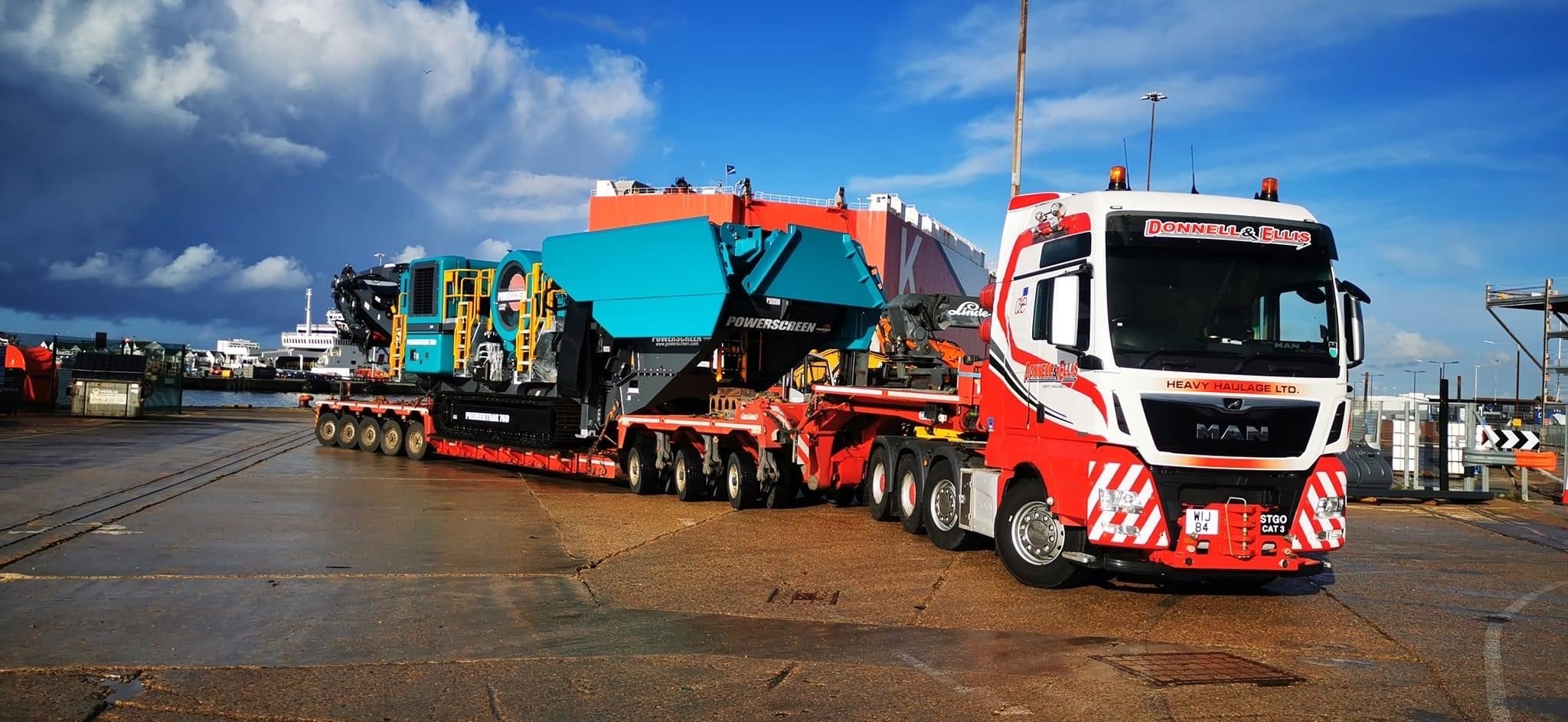With its new Premiertrak 760, Powerscreen has manufactured one of the largest mobile jaw crushers on the market.
And Lincom is playing an important role in getting this big machine onto Australian mine sites.
As Powerscreen’s exclusive Australasian supplier, Lincom only recently commenced taking orders for the Premiertrak 760. But technical sales manager David McDermott said it’s already attracting plenty of interest.
“Initially we ordered two Premiertrak 760s and both sold within weeks,” he told Australian Mining. “So we ordered another two.”
The Premiertrak 760 jaw crusher, fitted with the Terex Jaques JW55 single-toggle jaw, is a single toggle chamber powered via a direct drive system. This means the machine is more fuel efficient and requires less engine load to operate, unlike the less fuel efficient hydraulic-driven hydrostatic versions currently offered in the market.
As a result, the Premiertrak 760 is a cost saver and a game changer for crushing contractors, quarry and mining operators alike.
A 10m3 hopper with hydraulically folding sides and a wedge clamp system enables faster set-up times, while the jaw crusher features a vibrating pan feeder connected to an independent pre-screen that provides essential removal of fines material before it reaches the chamber.
McDermott said the Premiertrak 760 was developed in response to contractors and quarry operators looking for a larger mobile crusher.
“Increased feed size is one reason, increased tonnage is the other,” McDermott said as to why operators are choosing the Premiertrak 760.
“It’s the feed size the machine can handle and then it’s the throughput, the volume it’ll crush. You can open up the jaw to 225mm or you can close it in to 75mm, otherwise known as the closed side setting (CSS).”
The ability to alter the CSS enables the machine to support varied feed sizes and better align with the throughput capacity of the next mineral processing machine in the chain.
McDermott said the main objective for operators is to reduce rock size with the fewest machines possible.
“The more machines you use, the higher the cost,” he said. “So the whole idea is to try and reduce material size using as few machines as you can.
“That’s why the bigger machines come into play because they can take the bigger feed. You can feed them more; you can close them up tight and they’ve got bigger engines for pumping bigger throughputs.
“This does away with having to double-handle everything. So instead of having two jaws, one wide open and the second closed tighter, you’re using one machine.”
The Premiertrak 760 also comes with Powerscreen’s Pulse telemetry fleet management platform, which McDermott said is a huge bonus.
“Pulse telemetry is a remote-monitoring service,” McDermott said. “So when a machine is running, we can log in and see the time the machine started that morning, we can see what fuel it’s running at and we can monitor the engine loads.
“We can be ahead of the customer and alert them of any faults ahead of time and be proactive.”
This is not only critical for minimising failures and machine downtime, but also for performance optimisation.
“(Through the Pulse telemetry system) we can see whether a machine has been working for the whole day or whether it’s been idling at all,” McDermott said.
“A contractor will have someone on the ground doing the crush and they’re supposed to try and achieve a certain volume. It could be 2000 tonnes per day, for example. If they don’t meet that, the worker might attribute it to an underperforming machine.
“Now we can see what time they started and finished and whether there were pauses throughout the day. We can now really see what’s going on onsite and so can the customers.”
This leads to improved productivity, with employees aware that their operation is being monitored throughout the day. But this is not a ‘big brother’ scenario, with Powerscreen or Lincom only observing the Pulse telemetry system if there’s a problem.
“If the customer phones up and says the machines are only doing, for example, 800–1000 tonnes a day instead of 2500 tonnes, we can have a look and show them what the machine has done each day for the last week or month,” McDermott said.
Then Powerscreen or Lincom can print them a report, providing a physical performance breakdown. The customer can also do this themselves.
McDermott said the Pulse telemetry system is “the way forward” for the mining industry, with all new Powerscreen machines fitted with the platform as standard.
The Premiertrak 760 is the next evolution in crusher productivity, with the machine’s versatility diversifying throughputs and driving down costs.
With a telemetry platform to boot, customers can manage their fleets more accurately and scrupulously, enabling better performances.
This article appears in the February issue of the Australian Mining Magazine.
